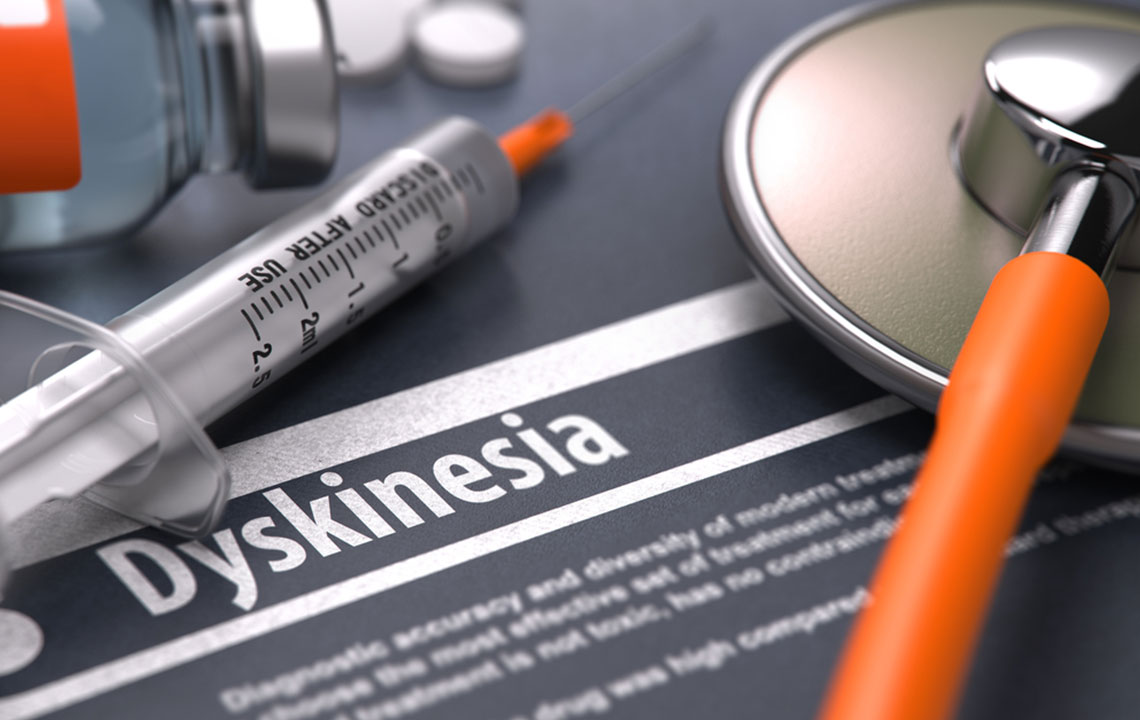Tardive Dyskinesia – Risk, Causes, Prevention, and Treatment
A neurological disorder, tardive dyskinesia is a condition that primarily affects the nervous system. The medical condition is recorded to affect a huge population in the world and is especially common among older individuals. This kind of a disorder is typically triggered by the long-term use of certain medications like neuroleptic drugs and psychotic medications.

A major percentage of tardive dyskinesia cases are found to be mild with no major repercussions on the lifestyle of the patient. However, about 3 percent of people with the condition may be affected severely and this can lead to extreme effects. Under severe cases of this condition, the patient may suffer from problems that include difficulty in swallowing foods, disfiguration of the facial features, trouble breathing, and speech interference.
Below are important factors that one must understand about tardive dyskinesia:
Risk factors of tardive dyskinesia
As mentioned above, the usage of neuroleptics over a long period of time can pose as one of the major risk factors leading to the development of this neurological disorder. However, there are some additional factors that can increase the risk of an individual of suffering from tardive dyskinesia. The factors that contribute to the risk include unmanaged diabetes, menopause in women, aging, dementia, brain injury, substance drug abuse, and excessive alcohol consumption.
The most common types of drugs that cause tardive dyskinesia
The most common cause of tardive dyskinesia is antipsychotic drugs, which are also known as neuroleptics. The drugs are recommended to treat conditions that involve the psychosis and leave the view of an individual altered. The medication is administered to people with severe depression, drug abuse, or a bipolar disorder. Some of the drugs include:
- Perphenazine
- Fluphenazine
- Chlorpromazine
- Haloperidol
- Quetiapine
- Lurasidone
- Olanzapine
- Risperidone
Certain medications that are used to treat digestive conditions are found to have a role to play in the development of tardive dyskinesia and they include metoclopramide and prochlorperazine.
Symptoms of tardive dyskinesia
The symptoms of the condition will typically begin to increase gradually. They may appear repeated during the consumption of the given drugs. However, in some cases, the symptoms can also become prominent in the later years despite stopping the drugs. Symptoms to beware of include:
- Unusual body movements – The rapid and involuntary movement in the body parts such as the legs and arms.
- Facial features – There maybe disfiguration of the facial features. Patients may observe a sudden change in the eyes and the mouth.
- Abnormal speech – The patients could have trouble conversing.
- Difficulty in swallowing – An extremely common symptom among patients with this condition is that swallowing foods become hard and there is a loss of appetite.
- Rapid blinking – The patient will find an abnormal need to rapidly blink their eyes.
- Inability to breathe – There is a difficulty with normal breathing and this can pose to be a serious problem.
- Movements of the mouth – Abnormal movements of the mouth become common. The patient experience lip-smacking, thrusting or protrusion of the tongue, puckering and even frowning.
Treatment and prevention of tardive dyskinesia
For the longest time, tardive dyskinesia was considered to be a medical condition that could not be treated. Patients were left with no option but to live with the side-effects of the condition. However, with the growth and advances in the field of medicine has led to effective treatments being developed. The treatments methods are primarily directed to toward bringing relief from the serious symptoms that lead to difficulty in leading a normal life. The treatment involves reducing medication; however, the same may not always have an effective result. There are also some medications approved for the treatment of the condition but must only be taken only when prescribed by the doctor. It is important to note that the method of treatment used will differ and will be altered as per the need of the patient.
One may not always be able to have a hold over the prevention of tardive dyskinesia. A patient who uses antipsychotic medications may not be able to avoid the same and the most suitable way to stop the excessive effects is to consult a psychiatrist regularly. Patients are recommended to undertake a screening test such as the Abnormal Involuntary Movement Scale (AIMS) that can aid in the identification of the symptoms in the earliest stages of the progress of this condition. Moreover, the usage of the given drugs for limited periods and alternative therapies may be able to control the development of tardive dyskinesia.











